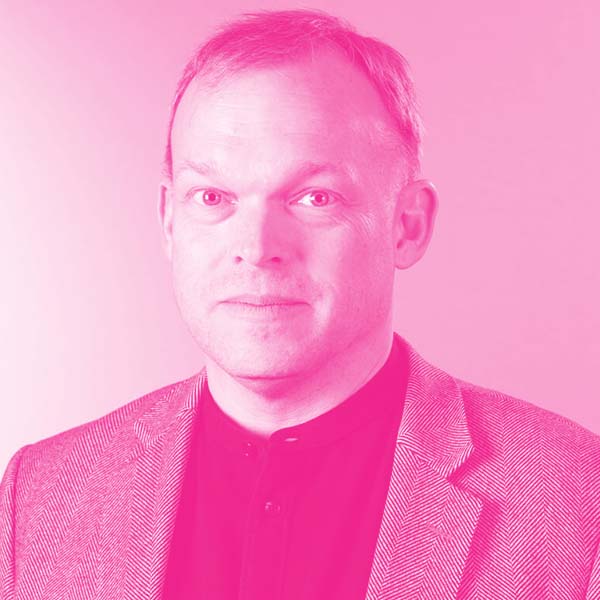Sean Hill
Role: Scientist
Site: CDL-Toronto
Stream: Neuro
Sean Lewis Hill is a neuroscientist, professor at the University of Toronto Faculty of Medicine, and inaugural Scientific Director of the Krembil Centre for Neuroinformatics at the Centre for Addiction and Mental Health. He is an expert in the field of neuroinformatics and is known for developing large-scale computational models of brain circuitry. His specific expertise is in data-driven learning health systems for mental health where he applies machine learning and artificial intelligence techniques as well as multi-scale modelling of the brain to improve the understanding and treatment of mental health disorders.
Sean obtained his PhD in Computational Neuroscience from the University of Lausanne, Switzerland and has held various research and leadership positions in organizations such as The Neurosciences Institute, the IBM Thomas J. Watson Research Center, the Blue Brain Project, the International Neuroinformatics Coordinating Facility and the EU Human Brain Project. He is an advocate of global collaboration on data sharing in brain research and has authored over 80 peer-reviewed publications and multiple patents.
After completing his PhD in computational neuroscience at the Université de Lausanne, Sean held postdoctoral positions at The Neurosciences Institute in La Jolla, California and the University of Wisconsin-Madison. He then joined the IBM T.J. Watson Research Center, as project manager for Computational Neuroscience on the Blue Brain Project. Sean has served as a co-director of the Blue Brain Project in Geneva, Switzerland, leading the neuroinformatics division. He led the neuroinformatics strategy and platform development in the European Human Brain Project (2013-2016). Sean has also served as executive director (2011-2013) and scientific director (2014-2016) of the International Neuroinformatics Coordinating Facility at the Karolinska Institutet in Stockholm, Sweden.
Sean has extensive experience in designing and implementing large-scale, multimodal data management and integration infrastructure, and building and simulating biophysically-detailed multi-scale models of brain circuitry. His research explores the principles underlying the structure and dynamics of neocortical and thalamocortical microcircuitry across sleep and wakefulness in health and disease.
